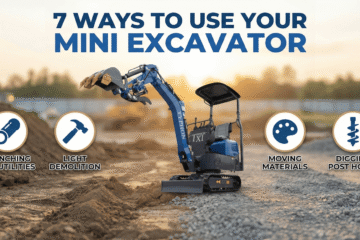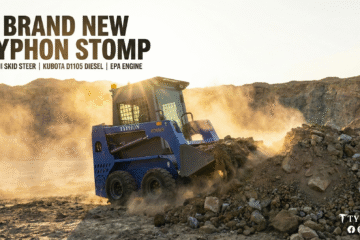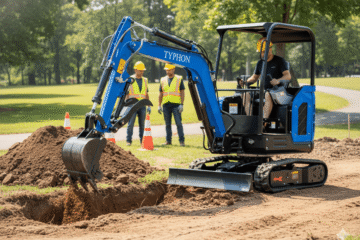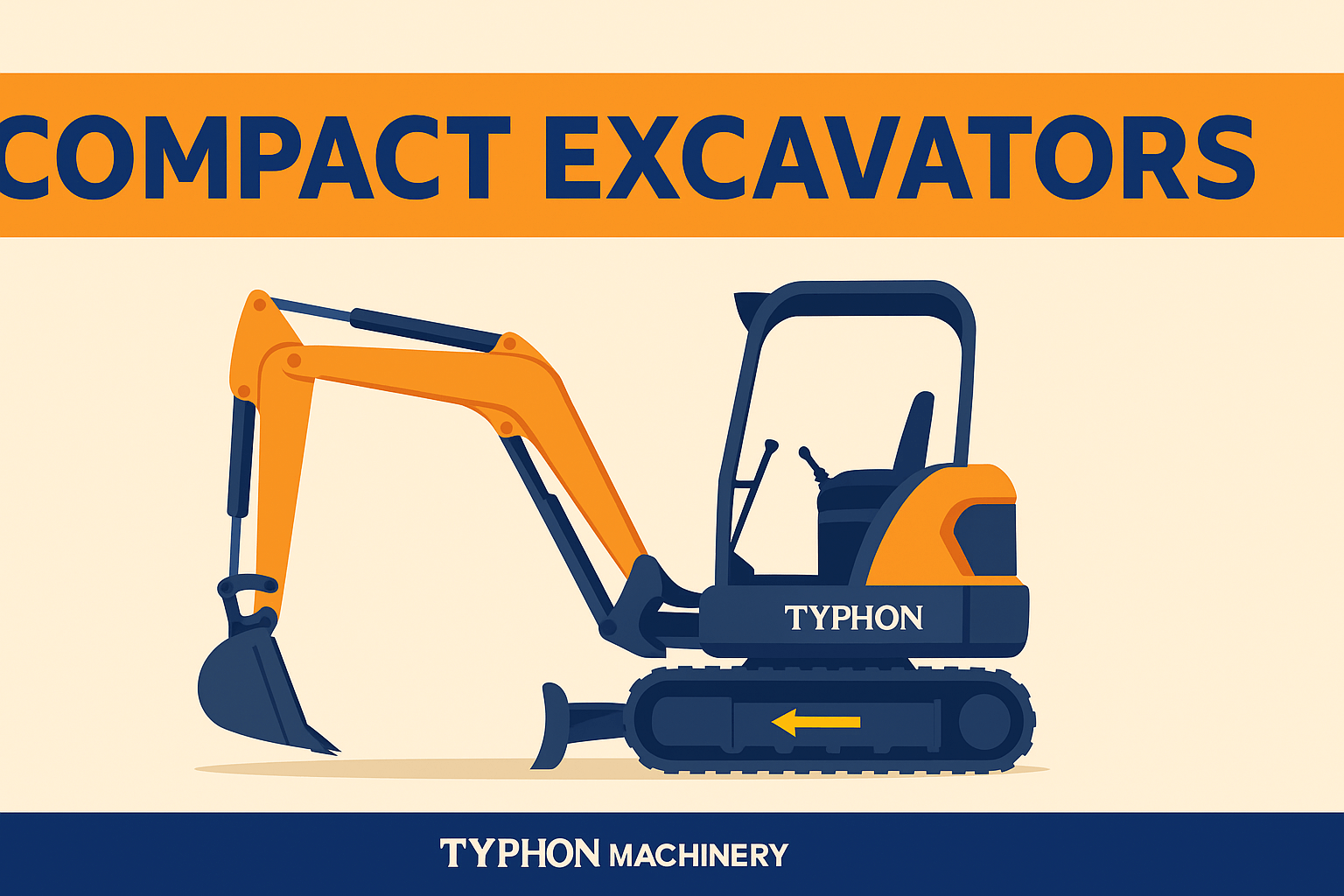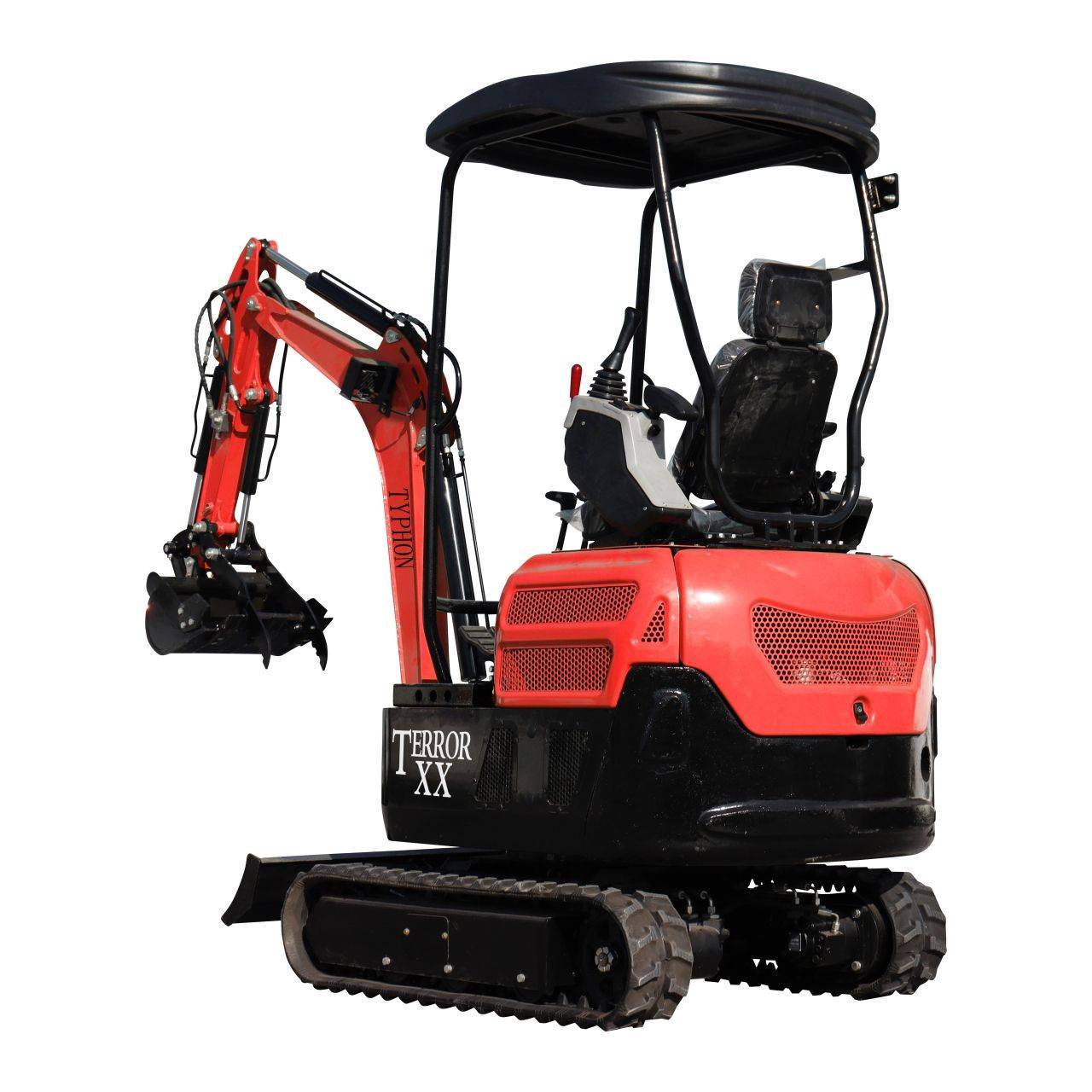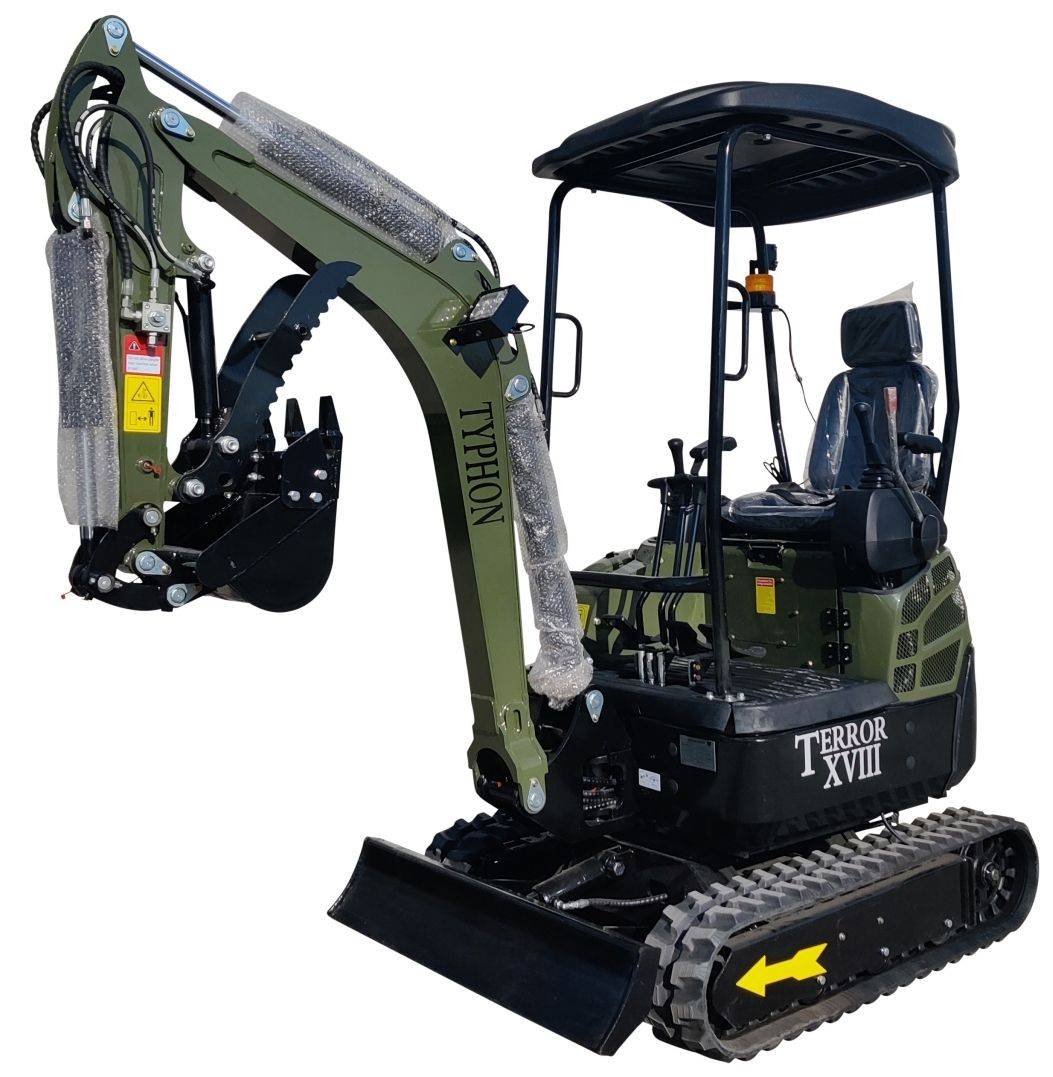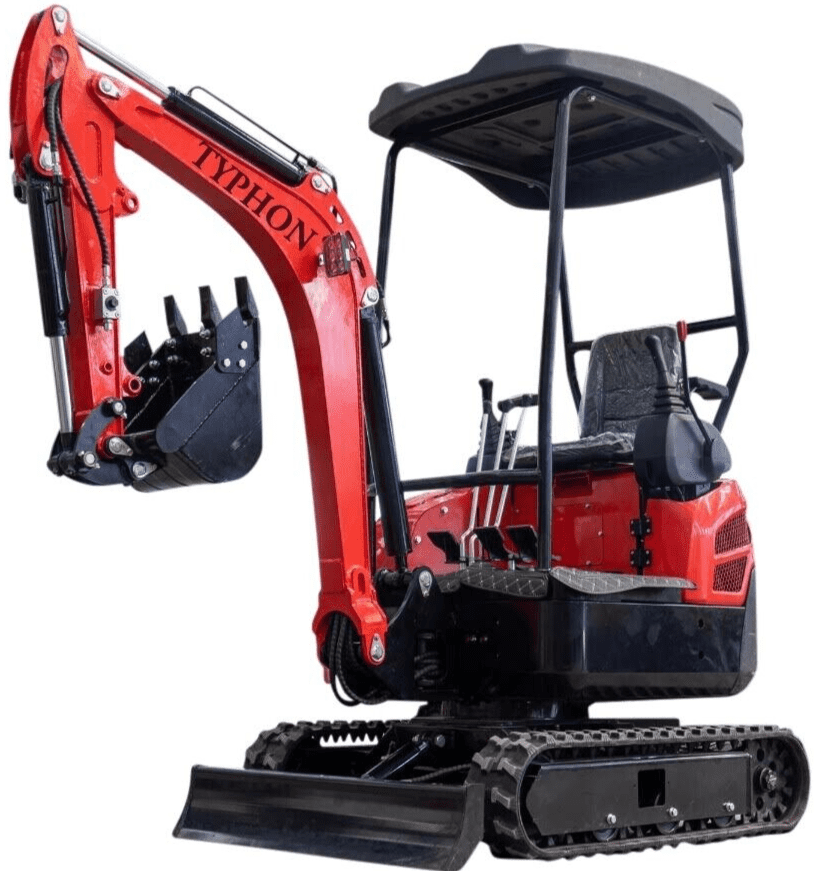
All you need to know about Boom Lifts vs Scissor Lifts
When it comes to working at heights, boom Lifts vs scissor lifts are two popular choices. These aerial work platforms also offer safety and efficiency. They also allow workers to access elevated areas with ease. However, it is important to understand the differences between these two types of lifts to choose the right one for your specific needs.
In this blog post, we will explore boom lifts vs scissor lifts to ensure a detailed comparison.
Boom Lifts Vs Scissor Lifts: What Do You Need to Know?
Let’s explore boom lifts vs scissor lifts to know everything about it:
What are boom lifts?
A boom lift is a versatile piece of equipment that provides vertical and horizontal reach. It consists of a platform or bucket attached to a hydraulic arm, or boom, that can extend and move to access various heights and angles. Additionally, boom lifts come in different types, including telescopic and articulating models.
Key Features of Boom Lifts
- Vertical Reach
Boom lifts are known for their exceptional vertical reach. Moreover, they can extend vertically to access higher areas like rooftops or ceilings.
- Horizontal Reach
In addition to vertical reach, boom lifts offer horizontal reach. The boom can extend outward which allows workers to access areas that are not directly below the machine. These areas usually include over obstacles or across gaps.
- Articulating Arm
Articulating boom lifts have multiple sections in their arm, connected by joints. This feature also enables the arm to bend and maneuver around obstacles which makes them ideal for navigating tight spaces or complex job sites.
- Telescopic Arm
Telescopic boom lifts have a straight arm that extends outward using sections that slide out like a telescope. Additionally, they offer greater reach and are often used for tasks that require access to high, open areas without obstacles.
What are Scissor Lifts?
Scissor lifts utilize a scissor-like mechanism to raise and lower the platform. They are primarily designed for vertical movement and provide a stable work platform. Scissor lifts also come in various sizes and configurations to suit different job requirements.

Key Features of Scissor Lifts
- Vertical Movement
Scissor lifts excel in vertical movement. Moreover, they can elevate workers to desired heights which makes them suitable for tasks such as maintenance, construction, or installation.
- Stability
Scissor lifts have a wide platform supported by cross-bracing scissor-like arms. This design also ensures stability when the lift is fully extended. This makes them ideal for projects that require a steady work platform.
- Platform Size
Scissor lifts typically have larger platforms compared to boom lifts. It allows multiple workers to operate simultaneously or carry equipment and materials.
- Simple Operation
Scissor lifts are user-friendly and straightforward to operate. They often have basic controls which makes them easier to maneuver for those who are new to using aerial work platforms.
Boom Lifts vs Scissor Lifts: Key Applications to know
Let’s explore the key applications of Boom lifts vs Scissor lifts:
Boom Lift Applications
Boom lifts are commonly used in construction, maintenance, and utility projects that require vertical and horizontal reach. They are ideal for tasks such as window cleaning, tree trimming, or installing overhead fixtures.
Scissor Lift Applications
Scissor lifts are popular in indoor projects, such as warehouse operations, painting, or electrical work. Their stability and larger platform make them suitable for jobs that require a steady work surface or the ability to carry heavier loads.
Final Thoughts
Understanding the differences between boom lifts vs scissor lifts allows you to choose the right equipment for your specific needs. Boom lifts offer exceptional vertical and horizontal reach, making them suitable for tasks that require access to various heights and angles. On the other hand, scissor lifts prioritize stability and simplicity, providing a wide and stable work platform for vertical movement. So, you can make a choice accordingly.

